The RADE CS association is a non-profit professional organization that promotes basic and applied research in the field of radiation and its effects on materials, components and systems. The acronym RADECS stands for "RADiations Effects on Components and Systems"
CS association is a non-profit professional organization that promotes basic and applied research in the field of radiation and its effects on materials, components and systems. The acronym RADECS stands for "RADiations Effects on Components and Systems"
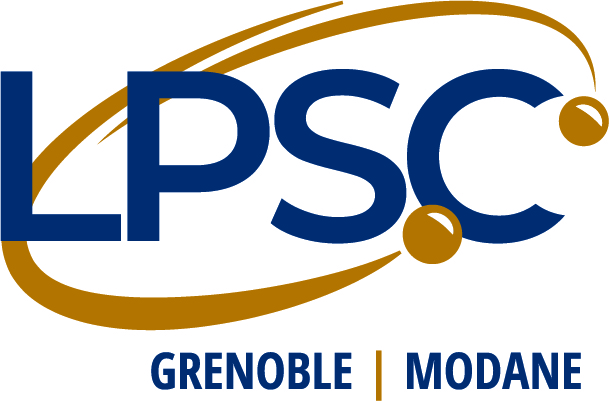 The Laboratory of Subatomic Physics and Cosmology is a Mixed Teaching and Research Unit, affiliated to the National Nuclear and Particle Physics Institute l’IN2P3 (1) from the CNRS (2), as well as to the UGA (3) and Grenoble-INP (4) from the University of Grenoble. The GENESIS neutron facility, operated by the LPSC, provides 14 MeV and 2.5 MeV neutrons for radiation testing of electronic components.
The Laboratory of Subatomic Physics and Cosmology is a Mixed Teaching and Research Unit, affiliated to the National Nuclear and Particle Physics Institute l’IN2P3 (1) from the CNRS (2), as well as to the UGA (3) and Grenoble-INP (4) from the University of Grenoble. The GENESIS neutron facility, operated by the LPSC, provides 14 MeV and 2.5 MeV neutrons for radiation testing of electronic components.
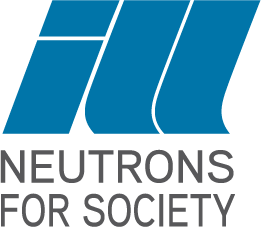 The Institut Laue-Lagevin is the European neutron source. As the world’s flagship centre for neutron science, the ILL provides scientists with a very high flux of neutrons feeding some 40 state-of-the-art instruments, which are constantly being developed and upgraded. It provides extremely brigth thermal neutrons for the single-event effects testing of electronics and semiconductors.
The Institut Laue-Lagevin is the European neutron source. As the world’s flagship centre for neutron science, the ILL provides scientists with a very high flux of neutrons feeding some 40 state-of-the-art instruments, which are constantly being developed and upgraded. It provides extremely brigth thermal neutrons for the single-event effects testing of electronics and semiconductors.
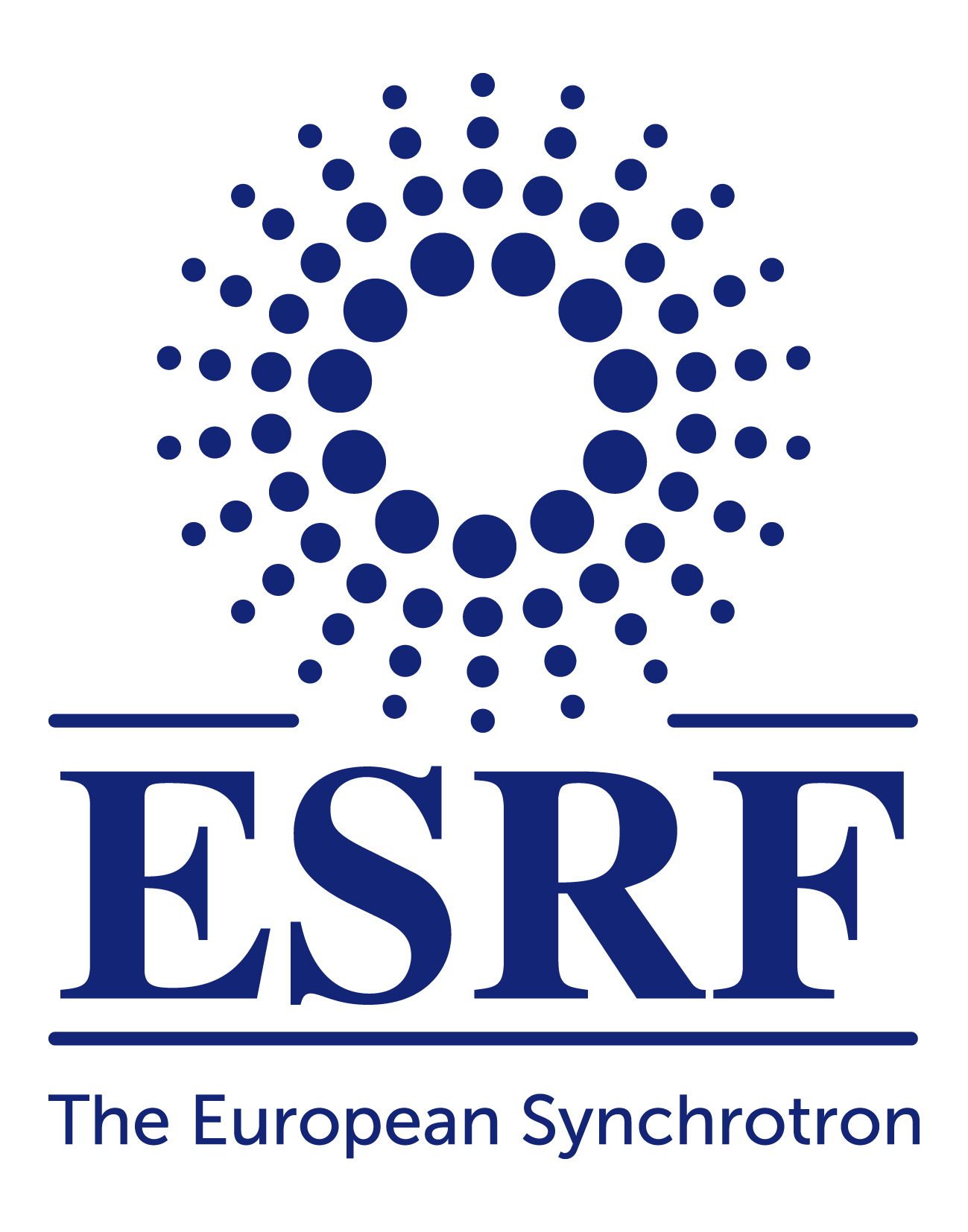 The European Synchrotron Radiation Facility is the world's most intense X-ray source and a centre of excellence for fundamental and innovation-driven research in condensed and living matter science. The X-ray beams produced at the ESRF have very high spatio-temporal resolution. The ESRF provides access to high energy pulsed focalised X-ray beams, an innovative technique used in electronics to emulate the effect of heavy-ions in semiconductors.
The European Synchrotron Radiation Facility is the world's most intense X-ray source and a centre of excellence for fundamental and innovation-driven research in condensed and living matter science. The X-ray beams produced at the ESRF have very high spatio-temporal resolution. The ESRF provides access to high energy pulsed focalised X-ray beams, an innovative technique used in electronics to emulate the effect of heavy-ions in semiconductors.
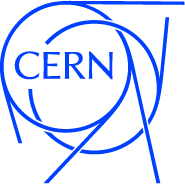 The European Organization for Nuclear Research is an European research organization that operates the largest particle physics laboratory in the world. CHARM (CERN High energy AcceleRator Mixed field facility) has been built at CERN in the Proton Synchrotron (PS) east area. The facility scope is to assess radiation effects on electronics not only at component level but also at system level within particle accelerator representative environments
The European Organization for Nuclear Research is an European research organization that operates the largest particle physics laboratory in the world. CHARM (CERN High energy AcceleRator Mixed field facility) has been built at CERN in the Proton Synchrotron (PS) east area. The facility scope is to assess radiation effects on electronics not only at component level but also at system level within particle accelerator representative environments
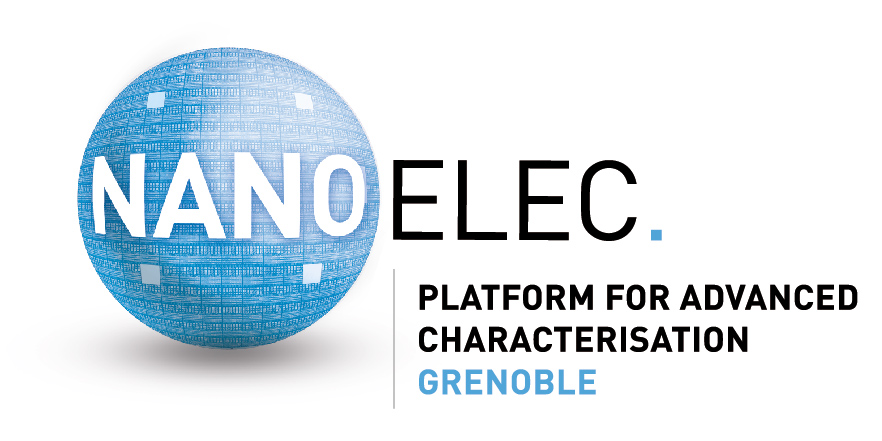 IRT Nanoelec runs multi-partner R&D dissemination and development programs to make the microelectronics sector more competitive. Inside one of its technological programs, the IRT Nanoelec facilitates access for industry players to advanced characterization facilities needed for assessing radiation effects in microelectronics.
IRT Nanoelec runs multi-partner R&D dissemination and development programs to make the microelectronics sector more competitive. Inside one of its technological programs, the IRT Nanoelec facilitates access for industry players to advanced characterization facilities needed for assessing radiation effects in microelectronics.
 IROC Technologies is providing tools, services and solutions to evaluate, qualify, manage and improve the reliability of microelectronic systems used in today’s sophisticated applications. It has more than 20 years of experience in radiation hardness testing, specially in atmospheric applications.
IROC Technologies is providing tools, services and solutions to evaluate, qualify, manage and improve the reliability of microelectronic systems used in today’s sophisticated applications. It has more than 20 years of experience in radiation hardness testing, specially in atmospheric applications.

